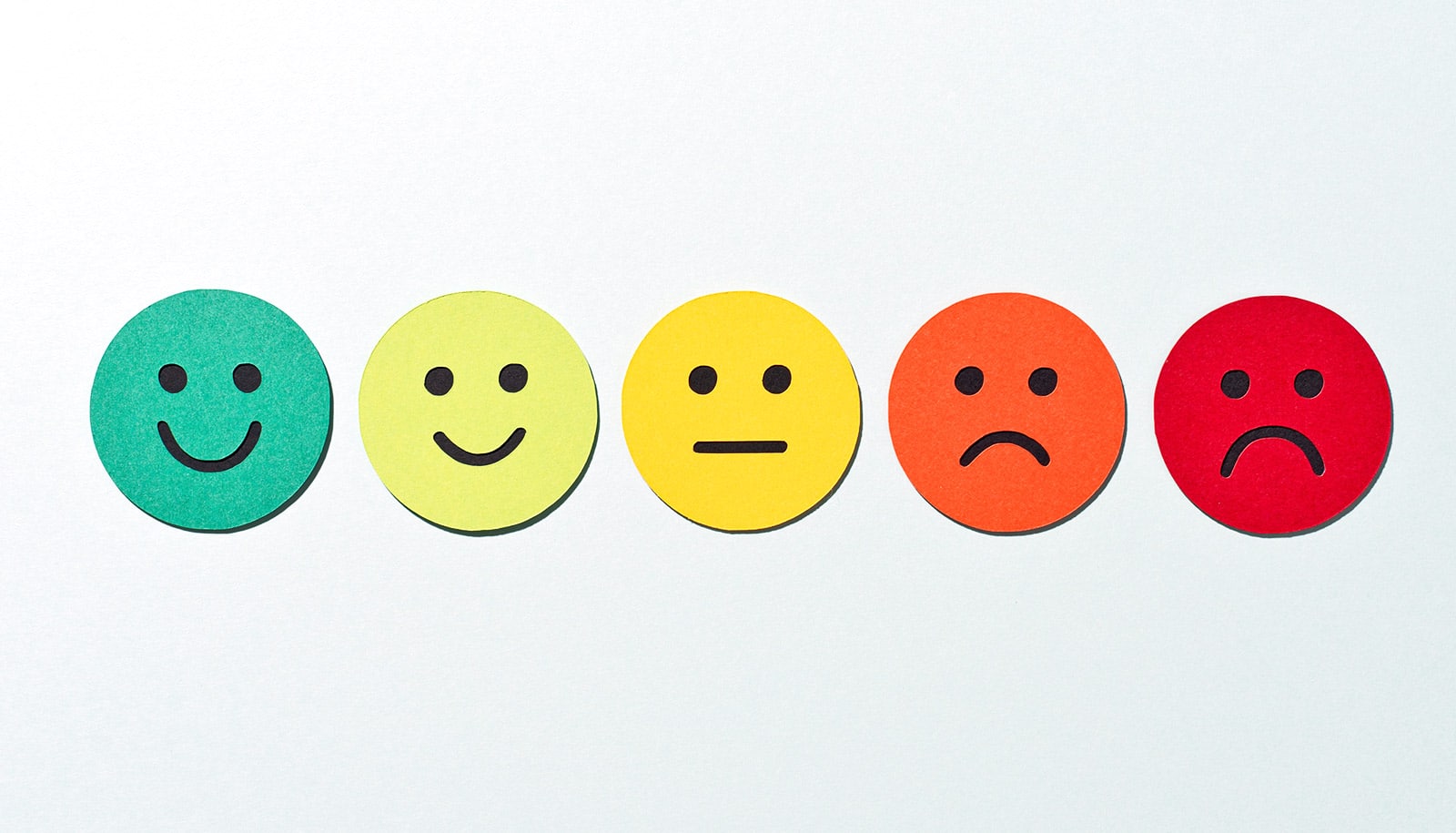Aspects of Uber’s ride-sharing computer platform mimic the role of a manager for the company’s drivers, say researchers.
However, the drivers have little ability to voice grievances, pitch ideas to work better with customers, or influence policy changes as they might with a human manager, says Benjamin Hanrahan, assistant professor of information sciences and technology at Penn State.
“There has been some work on algorithms as managers and how people interact with algorithmic management, but this looks more deeply at how the platform embodies the management philosophy and how you can judge the ethical nature of that management philosophy,” says Hanrahan.
According to the researchers, Uber’s platform primarily addresses the needs of people who are looking for a ride, which may mean that drivers’ concerns do not have equal weight.
“All of Uber’s different management decisions are embodied in the platform as the company’s platform is actually doing the management,” says Hanrahan. “When we looked at it, Uber’s platform seems to focus on one user—the person who wants a ride—somewhat at the expense of the drivers.”
Most Uber drivers indicated they joined the ride-share service because of the autonomy it offered. However, the platform reinforces the idea that the job is a blur between employee and independent contractor, says Hanrahan.
“Uber—at least legally—views drivers as independent from the company,” says Hanrahan. “But if you look at the way the platform relates to the drivers, they are treated as employees, in some ways, and as contractors in others. The drivers, who identify as independent, tend to chafe when they perceive the platform is trying to manage them.”
For example, if drivers are independent, they should have more say in who they choose as riders, but the platform does not allow drivers to make those choices, Hanrahan adds.
The researchers, who presented their findings at the CHI Conference in Montreal, studied posts on an active Uber internet forum, which is independent from the company. The site has 93,000 active members and 150,000 discussions. They focused mainly on the most relevant posts in the advice, complaints, and technology sections from January 2014 to April 2017.
“What we were really looking at is what were these drivers dealing with—what did they like about driving, what did they not like about driving, and what role did the platform have in this,” says Hanrahan.
The researchers framed their study in stakeholder theory, a management ethics concept that suggests that a company’s managers should make decisions based on the considerations of all parties, including workers, rather than just basing their initiatives exclusively on stockholders.
Why do we trust our Uber drivers?
In the future, the researchers will study using interfaces to improve the relationship between the driver and rider, says Ning F. Ma, doctoral student in information sciences and technology who worked with Hanrahan.
“We want to present the driver, not just as a driver, but as a person with the back stories of the area and present them as someone who is a local expert,” says Ma. “The drivers could recommend places to riders through the interface, for example. We’re thinking of installing a tablet in the dashboard of the vehicle as one possible interface for this.”
Hanrahan says this is a step toward making the driver more integral in Uber’s stakeholder structure.
“This is one of the grander directions we’re taking,” says Hanrahan. “How can you make the stakeholder structure simpler and make it more driver- and rider-run?”
Additional collaborators on the work are from the University of Waterloo.
Source: Penn State



